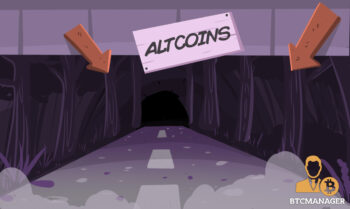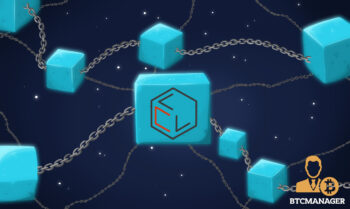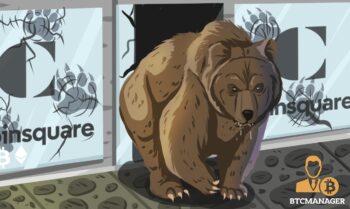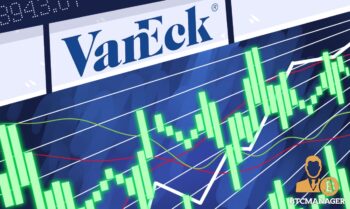2019-2-19 18:39 |
When the white-paper for the concept of blockchain was written, it was in response to the prevailing sense of inadequacy in the existing financial system that was exposed due to the global financial crisis.
Building on that, Bitcoin [BTC] has been touted as an alternative money, but it is constrained due to the fact that it cannot be used on some networks. One of the solutions to this is using sidechains; these alt chains accept Bitcoin, conduct transfers and then allow the conversion back to the original form.
A leader in this space is Drivechain, which “allows BTC to travel to other software applications and back.” In a recent article, its the chief developer, Paul Sztorc, discussed the economics of BTC network fees. This did not go down well with some members of the community.
The blog piece titled “Security Budget in the Long Run” Essentially suggested using a protocol that would collect fees from all networks instead of the prevailing idea of hiking up the fees altogether.
He opines that BTC could, at least in theory, set it self up in such a way that they can collect a “security budget” which prevents the risk of double spends and 51 percent attacks.
Attesting to the need for a continued block subsidy, he felt a block still needed to be instantly and readily rewarded, for the good of the industry and network security. Sztorc's paper goes on to say
“Even though it “halves” once every four years it hits for full force no matter how high the BTC exchange rate climbs. As long as annual appreciation 19%+, it fully compensates for the PP lost to the halvening.”
Yet, the essay looked at a future situation when the block reward shrinks to zero. Sztorc puts forth his view of using a relatively high fee market for onchain transactions (txn).
He also supports his work by including works and quotes of other crypto enthusiasts and experts who had a similar view about this being the most viable option. However, his work also showed that he was under no delusions and underscored the rise of altcoins. He went on to note
“The theory that users will pay high BTC fees willingly [is false]. In fact, they seem to have only ever paid high fees unwillingly — during a brief “bubble” time. Furthermore, Altcoin-payments are substitutes for Bitcoin-payments [a fact] occasionally explicitly admitted, even by hardcore maximalists — Especially during the last fee run-up in late 2017.”
The economist then discussed the possibilities of utilising the Lightning Network (LN). While the LN might be able to link multiple transactions into a couple of onchain transactions he did not see it being a pleasant experience. He explains,
“The LN design is very clever at minimizing risks, but they are still there and will be annoying to users.Users will prefer not to put up with them — So they will tend to prefer an Altcoin on-chain-txn over a mainchain-LN-txn.”
In the final bit of his blog, Sztorc discussed merged mining and sidechains. Here he felt it was worth the effort to explore the possibilities of merge mining to replicate the works of altcoins. Similarly large block sidechains could eventually be used to process millions of transactions per day.
To get to that stage the Bitcoin network needs a high-security budget. This will be especially difficult as time goes by and competition increases. Instead he suggested
“A better way, is to attempt to devour the entire payments market and claim all of its fee revenues. This can be done using merge mined Sidechains, without any decentralization loss.”
The work is undoubtedly well researched and makes some important points that will need to be tackled sooner rather than later. Having said that, a section of the community was not impressed. Even some of its admirers such as Eric Lombrozo pointed out the concerns about the economics of sidechains remaining viable.
Some were more direct. Veteran cryptographer Nick Szabo felt that the post had a good argument base but was littered with “bad assumptions.” Apart from that, the many responders to this work, seem to highlight the fact that the industry seems to be heading towards a hiked up fee market and LN solutions.
One should always welcome disagreements as it is the sign of a vibrant community. The next step is to have a thoughtful discussion on the merits of the existing solution in comparison to the one suggested here in the article.
This sort of deliberation and progression is the best way for this industry to grow and prosper.
Bitcoin (BTC), Ethereum (ETH), XRP (Ripple), and EOS Price Analysis Watch (Feb 19th)
origin »Formosa Financial (FMF) íà Currencies.ru
|
|





















